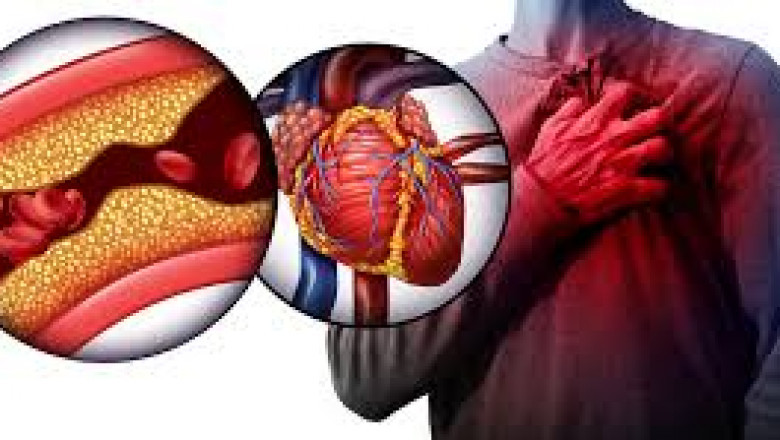views
Smooth Muscle Explained: A Key Player in Involuntary Movements
The human body is an incredible machine composed of systems that work seamlessly together. One such system that operates behind the scenes—without us even noticing—is the smooth muscle system. These muscles don’t bulge when you lift weights, and you can’t control them like you can your arms or legs. Yet, they play an essential role in involuntary bodily functions that are critical to your survival.
In this blog, we explore what smooth muscle is, how it functions, and where it operates in your body.
What Is Smooth Muscle?
Smooth muscle is a type of involuntary, non-striated muscle found in the walls of hollow organs such as the intestines, blood vessels, uterus, and bladder. Unlike skeletal muscles, which are under your conscious control, smooth muscles function without you thinking about them. This automatic functionality is what keeps your body moving—even when you’re resting or asleep.
How Smooth Muscle Works
Smooth muscle cells are spindle-shaped and contain a single nucleus. These muscles contract more slowly than skeletal muscles but can sustain contractions longer. This is especially important in activities like maintaining blood vessel tension or moving food through the digestive tract.
Their contractions are typically stimulated by the autonomic nervous system, hormones, or local factors like oxygen levels or pH. Because these muscles are not under voluntary control, they respond based on internal signals rather than external movements.
Examples of Smooth Muscle in Action
Here are a few vital processes that depend on smooth muscle:
-
Digestive Movement (Peristalsis): Smooth muscles in the gastrointestinal tract help push food along your digestive system.
-
Breathing: Airways are lined with smooth muscles that help regulate airflow.
-
Circulation: Smooth muscles in arteries control blood pressure and flow by adjusting vessel diameter.
-
Urination: Smooth muscles in the bladder contract to release urine.
-
Reproduction: The uterus uses smooth muscle contractions during childbirth.
Types of Smooth Muscle
Smooth muscle can be divided into two types:
-
Single-Unit Smooth Muscle: Found in the stomach, intestines, and uterus, these muscles work together as a single group, contracting rhythmically.
-
Multi-Unit Smooth Muscle: Found in the eyes and large blood vessels, these muscles function independently, giving more control over their action.
Why Smooth Muscle Health Matters
Smooth muscle dysfunction can contribute to various health conditions such as:
-
Asthma: Overactive smooth muscle in the airways causes difficulty breathing.
-
Irritable Bowel Syndrome (IBS): Uncontrolled contractions can lead to cramping and pain.
-
Hypertension: Narrowed arteries due to stiff or over-contracted smooth muscle can raise blood pressure.
Interestingly, certain medications that target muscle relaxation may influence smooth muscle activity. For instance, Filagra oral jelly 100mg is known for enhancing blood flow by helping the smooth muscle in blood vessels relax, although it is not a general smooth muscle relaxant.
Conclusion
Though it operates quietly in the background, smooth muscle plays a vital role in your body’s daily functions. From breathing and digestion to circulation and reproduction, these muscles support life-sustaining processes that happen automatically. By understanding smooth muscle and how it functions, we can better appreciate the silent workers inside us that never stop moving—so we can.














Comments
0 comment